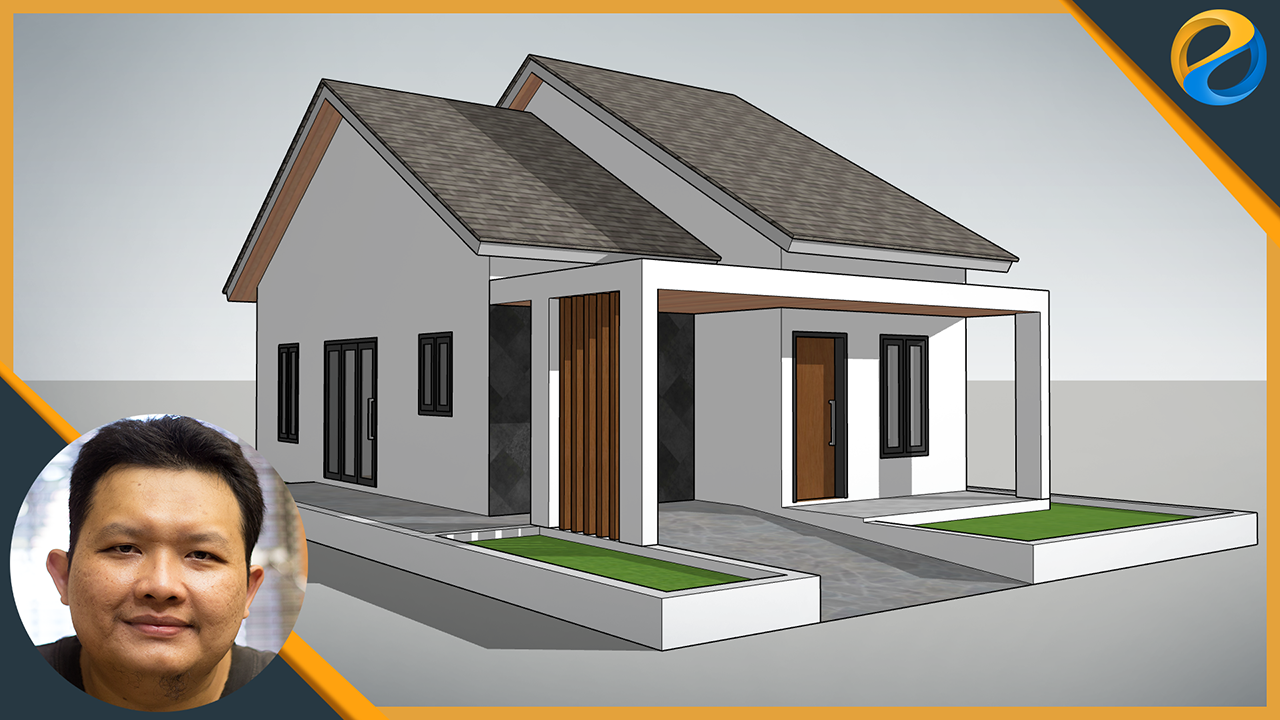



 Tech & IT
Tech & IT
 Business
Business
 Coding & Developer
Coding & Developer
 Finance & Accounting
Finance & Accounting
 Academics
Academics
 Office Applications
Office Applications
 Art & Design
Art & Design
 Marketing
Marketing
 Health & Wellness
Health & Wellness
 Sounds & Music
Sounds & Music
 Lifestyle
Lifestyle
 Photography
Photography
More Learnfly
Business Solution Become an InstructorArchitecture Fundamentals encompass the foundational principles and concepts in the field of architecture. This includes understanding spatial design, building materials, structural systems, environmental considerations, and aesthetics to create well-designed and functional structures.












Learn more topics in various categories at one place. Explore unlimited courses in other categories and up-skill yourself today.

 Jazeb Akram
Jazeb Akram 4.2 771053 Beginner Level

 John Hedengren
John Hedengren 4.1 568972 All Level

 Ranjan Pandey
Ranjan Pandey 4.1 346661 All Level

 Muhammad Ahsan Pervaiz
Muhammad Ahsan Pervaiz 4.2 101261 All Level

 Pieter Vliegenthart
Pieter Vliegenthart 4.6 100851 All Level

 Jerome P.
Jerome P. 4.8 100773 All Level

 Vikas Munjal
Vikas Munjal 4.8 100007 Beginner Level

 Senol Atac
Senol Atac 4.9 99984 All Level

 Avinash A
Avinash A 4.8 99903 All Level

 Success Ogwudu
Success Ogwudu15 Lectures All Level

 Widhi Muttaqien
Widhi Muttaqien110 Lectures All Level

 Widhi Muttaqien
Widhi Muttaqien69 Lectures All Level

 MOHAMED MANSOOR
MOHAMED MANSOOR 4 Lectures All Level

 MOHAMED MANSOOR
MOHAMED MANSOOR 22 Lectures All Level

 Shaour Anjum
Shaour Anjum88 Lectures All Level

 Er. Sadiq Hussain
Er. Sadiq Hussain62 Lectures All Level

 Gokul Saud
Gokul Saud59 Lectures All Level

 Stefan Boeykens
Stefan Boeykens34 Lectures All Level

 THE MMZ
THE MMZ23 Lectures All Level
Fundamentals of architecture encompass principles like form, function, space, and aesthetics. Architects focus on designing structures that meet practical needs while embodying a sense of beauty and harmony.
Functionality is a fundamental aspect of architecture. Buildings must meet the functional needs of their users, ensuring spaces are well-designed for specific purposes, be it residential, commercial, or public use.
Aesthetics, or the visual appeal of a structure, is crucial in architecture. It involves considerations like proportion, balance, and style to create visually pleasing designs that contribute to the overall character of a building and its surroundings.
Spatial design involves arranging and organizing spaces within a building. It affects how people move through and experience a structure. Proper spatial design enhances functionality, circulation, and the overall user experience.
Sustainable design is increasingly important in architecture. It involves creating environmentally conscious buildings that minimize resource consumption, reduce environmental impact, and promote energy efficiency. Architects often integrate sustainable practices into their designs to address global environmental concerns.





